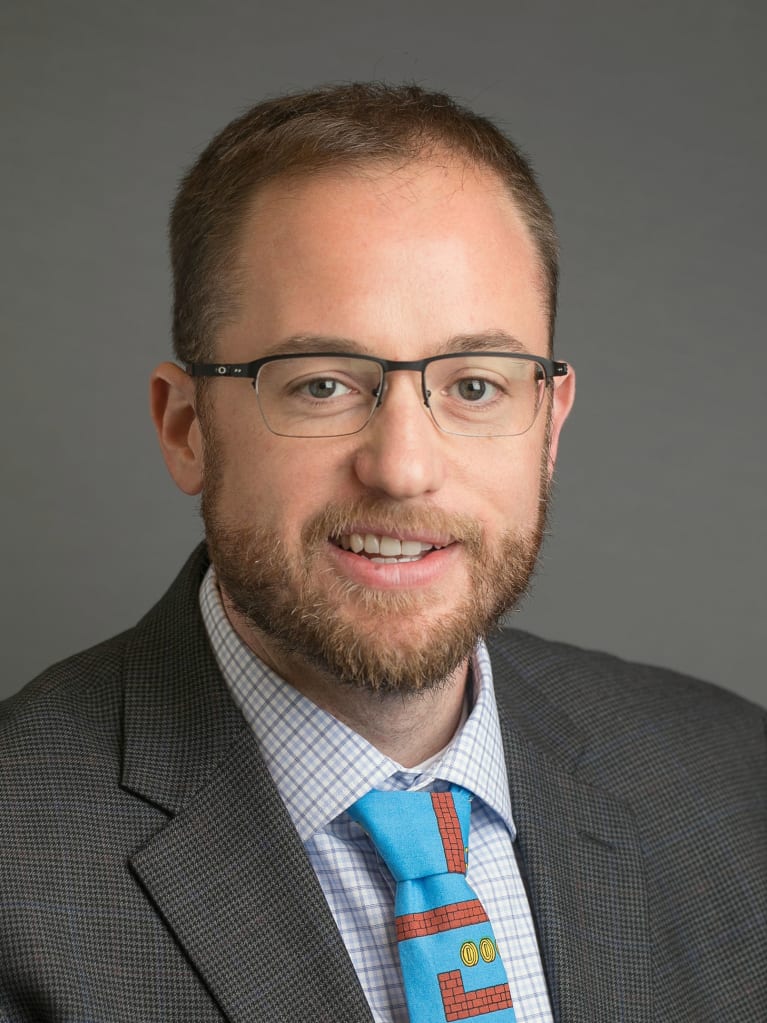
Matthew W. Burr, SHRM-SCP
The COVID-19 pandemic has put HR professionals under enormous pressure to lead their organizations strategically and to perform at the highest levels. Not only do we have the pandemic itself to consider, but we also have to deal with the resulting downturns in business; dramatic changes in the workplace; and sweeping legislation at federal, state and local levels. With the new administration, complex new legislation is guaranteed.
Providing information to the organization about evolving legislation can be a challenge for HR professionals. But it needs to be a priority. It is our responsibility to help our organizations navigate the dramatically changing landscape of laws and regulations, and the best way to do that is through effective communication and training. The SHRM Body of Competency and Knowledge® (SHRM BoCK®) ensures that we have the knowledge, skills and abilities to accomplish this in organizations large and small.
A proactive approach to communication and training will ensure that your organization's leadership team is making strategic and legal decisions concerning the workforce:
- Develop subject matter expertise. Read through the new legislation and do additional research to fully understand the changes. Know the material well enough to speak confidently about it. Be prepared to answer questions and work through what-if scenarios. If anything is unclear, partner with an attorney or consultant who can help guide the conversation.
- Consider the impact on the organization. Create communication and training materials about the new legislation. Focus on how changes will impact the organization. What do people need to know? How will leadership and front-line supervision be affected? This will involve a strategic alignment of HR's interests with the organization's.
- Compile frequently asked questions. Legislation might be so new that its impact is unknown. Any relevant information you provide needs to be simplified and related to the organization. Develop a list of frequently asked questions as soon as you can.
- Include all modes of learning. In developing communication and training materials, address the needs of auditory, kinesthetic and visual learners. The best trainers use all three learning models to reach as many learners as possible.
- Continue to provide resources. You're providing a "30,000-foot" overview of legislative changes to supervisors and leaders through communication and training. Don't expect them to be or to become subject matter experts in labor and employment law. If they have questions, tell them to talk to you or others in the HR department. Advise them to never assume that an Internet search will produce accurate legal information.
Embrace opportunities to grow your knowledge in labor and employment law. The challenges will make you a better HR professional and strategic partner in your organization.
Matthew W. Burr, SHRM-SCP, owner of Burr Consulting LLC in Elmira, N.Y., and co-owner of Labor Love LLC, is an HR consultant, an assistant professor at Elmira College, and an on-call mediator and fact-finder for the New York State Public Employment Relations Board. He holds master's degrees in business administration and in human resources & industrial relations, and a Lean Six Sigma Green Belt.